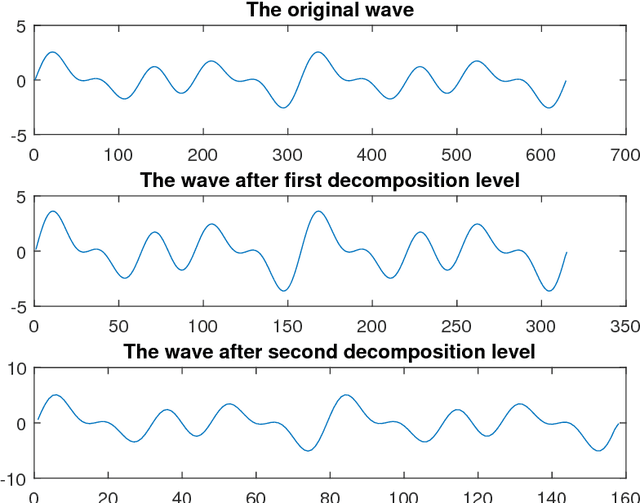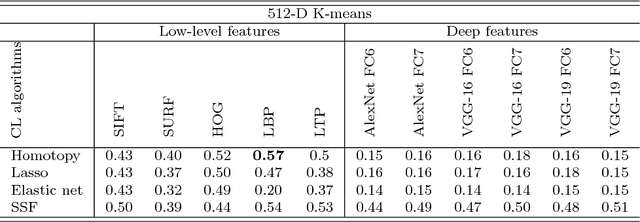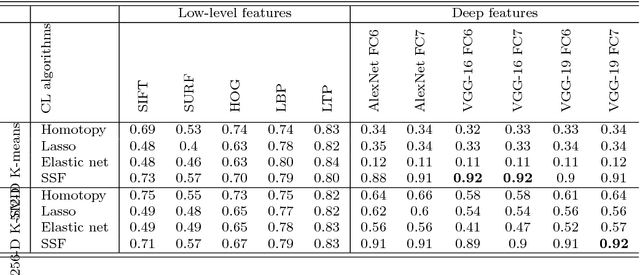Detailed Investigation of Deep Features with Sparse Representation and Dimensionality Reduction in CBIR: A Comparative Study
Paper and Code
Nov 23, 2018



Research on content-based image retrieval (CBIR) has been under development for decades, and numerous methods have been competing to extract the most discriminative features for improved representation of the image content. Recently, deep learning methods have gained attention in computer vision, including CBIR. In this paper, we present a comparative investigation of different features, including low-level and high-level features, for CBIR. We compare the performance of CBIR systems using different deep features with state-of-the-art low-level features such as SIFT, SURF, HOG, LBP, and LTP, using different dictionaries and coefficient learning techniques. Furthermore, we conduct comparisons with a set of primitive and popular features that have been used in this field, including colour histograms and Gabor features. We also investigate the discriminative power of deep features using certain similarity measures under different validation approaches. Furthermore, we investigate the effects of the dimensionality reduction of deep features on the performance of CBIR systems using principal component analysis, discrete wavelet transform, and discrete cosine transform. Unprecedentedly, the experimental results demonstrate high (95\% and 93\%) mean average precisions when using the VGG-16 FC7 deep features of Corel-1000 and Coil-20 datasets with 10-D and 20-D K-SVD, respectively.
 Add to Chrome
Add to Chrome Add to Firefox
Add to Firefox Add to Edge
Add to Edge